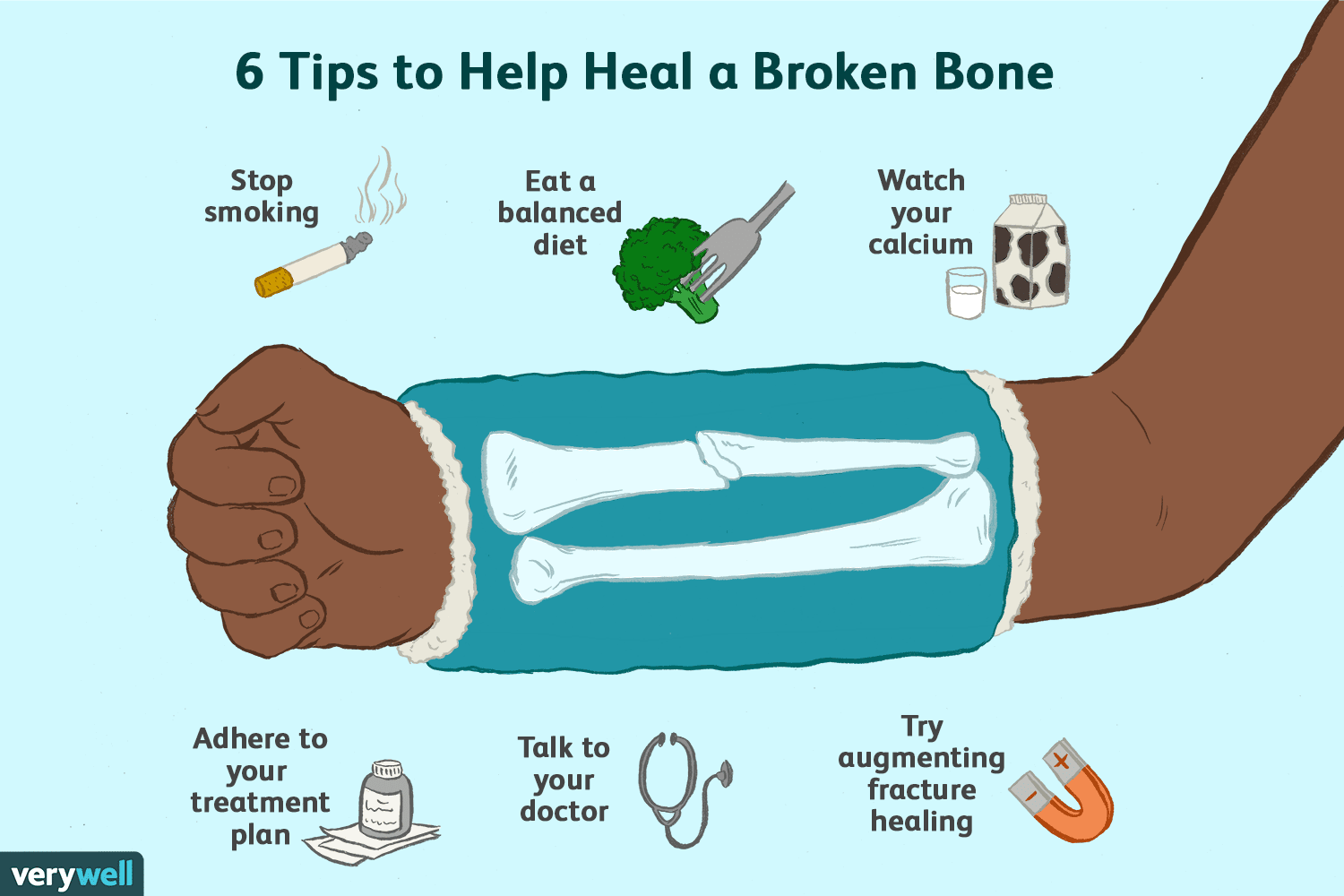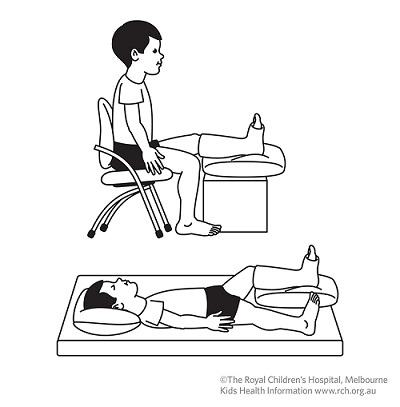
There are several over-the-line treatments for broken bones. Surgical interventions include fusions and resections, but more advanced treatment options include bone grafts. These procedures provide supportive and fresh bone-forming cells. Patients are encouraged to take a full course of physical therapy to improve their range of motion. However, if the condition persists, bone grafts are an option. If you're concerned about the cost, talk to your doctor about the cost.
The most common treatment for broken bones involves joining the broken bones together. Other treatments include immobilizing the area and allowing it to heal on its own. Another option is surgical alignment and stabilization of the broken bone with metal. A non-union fracture occurs when a bone is not receiving adequate nutrients, blood supply, or stability. Signs of non-union include pain, tenderness, deformity, and difficulty bearing weight.
In children, the greenstick fracture occurs when a fractured bone bends without breaking. The body's natural reaction to a broken bone is a blood clot, callus, and fibrous tissue. Then, bone cells form on either side of the fracture line and grow together to close the fracture. When a child suffers from a greenstick fracture, they may require surgery or a prescription medication.
Osteoporosis is the most common condition with numerous over-the-counter medications and surgery. These medications are designed to treat osteoporosis and other conditions that affect bone health. But there are also alternative methods for treating broken bones that may not be as effective. While a bone graft is a costly and invasive procedure, it can be a helpful treatment for preventing fractures. A doctor can prescribe a number of over-the-counter medications to help reduce the symptoms and restore bone health.
Treatment for osteoporosis can range from simple over-the-counter medications to more invasive surgical procedures. For example, a doctor may implant a metal plate into the bone to repair the bone. In addition, doctors can perform operations on the affected areas. Weakened bone is often a symptom of a disease called osteoporosis. The best treatment for this condition is surgery.
There are several types of non-pharmacological treatment of bone diseases. In addition to over-the-counter medications, patients may also have x-rays to determine the cause of bone disease. In some cases, patients may experience bone edema if their symptoms persist. Some of these patients can even be cured with surgery, but it is important to strictly follow the doctor's instructions. In addition, some people need to wear protective equipment during treatment.

The best treatment for bone swelling depends on the cause of the swelling. Bone deformity is a sign of edema. In some cases, the condition can be painful and may require hospitalization. A surgical procedure can solve this problem. The deformity can also affect a child's ability to walk. During a fracture, a doctor may place a metal rod over the affected area to stabilize the bone.
The most common treatment for bone edema is surgery. Surgery is only recommended if the patient has a fracture. A broken bone should be treated as soon as possible. In addition to the surgical procedure, doctors will also need to assess the patient's condition. The doctor will perform an examination to assess the condition. The doctor will examine the fracture. If the pain is severe, a doctor may prescribe an over-the-counter antibiotic or cortisone injection.
In some cases bone swelling may be a symptom of an underlying problem. For example, arthritis is a common cause of swelling in the lower extremities. During this condition, inflammation can affect the bone, causing swelling. The affected area may also be susceptible to cancer, radiation therapy, and other diseases. The most effective method of treatment is a combination of conservative and surgical methods. After the area has healed, the cast or metal pin will be removed.
Site https://observatoriojovenes.com.ar/ describes that there are many over-the-counter treatments for edema. Your doctor may order an MRI to determine the extent of the fracture. X-rays and MRI are non-invasive procedures. Both methods have their advantages and disadvantages. An MRI can detect fractures that an x-ray cannot. An MRI usually costs more and requires two visits four hours apart. In severe cases, a CT scan may be required.